West Africa
Hello y’all. Thanks for coming back. Put on your seat belt, ‘cause it’s going to be a wild ride.
Just kidding. You know me, “Mr. Positivity”. The truth is, our few weeks in West Africa were a bit rough. The seas on his side of the Atlantic are brown, cold, and shark-infested. The landscapes are deserts, and the poverty is absolutely heartbreaking.
So, for the sake of putting my story’s below in context, I need to briefly mention a few other (a bit less than positive) things that were observed and shared with us from various sources.
Some part of West Africa are said to have fairly corrupt governments and police forces. Also, in some of these counties, there were remnants of recent civil wars here and there (including an occasional unexplored ordnance)! Additionally, if one is taking a third-party excursion, it is highly recommended that you do a quick visual safety inspect of the tour vehicle before leaving port. Lastly, in most of the countries we visited, they have stringent laws regarding taking photos.
Therefore, there were several ports of call that gave us pause due to potential security implications. In some cases, we opted out of straying off the ship beyond the handful of local artisans’ booths, which were set up in the port just steps from the gangway. In several cities, the cost of the excursion were inexplicably exorbitant. As we grew closer to these destinations, we learned that the ship had hired armed security to escort the guest during their excursions.
So, it suffices to say that most of West African ports that we visited were not what one might call tourist meccas. Regardless, we looked forward to some cultural stops to meet the people. That said, I am now officially shifting back into Mr. Positivity mode.
Hey guys. Great news! The US dollar exchange rate in West Africa is fantastic! Below are brief summaries of the county’s and ports that we visited.
😉
Namibia
Namibia is a West African country off of the Atlantic Ocean, which is bordered by Angola, Zambia, Botswana, and is just north of South Africa. It has a population of 3.5 million, and is relatively small at 300,000 square miles. It was primarily controlled by the Germans in its early days, and is now an independent, democratic nation. Its natural resources include diamonds and (most recently) oil.
Like other West African nations, it is a very poor country, and there is great disparity between the monetary classes. However, over the last 20 years, the country has made great strides in promoting and enforcing the civil rights of its non-white citizens, and significant effort is being put forth to provide improved public and assisted housing.
Our visit to Namibia including stops in the port towns of Luderitz and Walvis Bay.
Luderitz, Namibia
Lüderitz is a coastal town in the in southern Namibia. For your convenience, it includes a cute little island just off of its coast called Shark Island. Yikes!
While the town is very poor, it has a thriving lobster fishing industry, as well as a tightly (state) controlled diamond mining industry.
The town itself consists of few dirt roads, and a hand-full of cutely painted buildings. Our adventure was to take us an hours drive east, to the abandoned mining town of Kolmanskop. (While this excursion was not as exciting as some of the others that we have experienced elsewhere, I suppose it beat the heck out of taking a brisk swim out to Shark Island!)
Unfortunately, due to a technical issue with the port, our docking was cancelled just prior to our arrival. With tears in our eyes, we waved goodbye as we sailed past this West African gem.
🙁
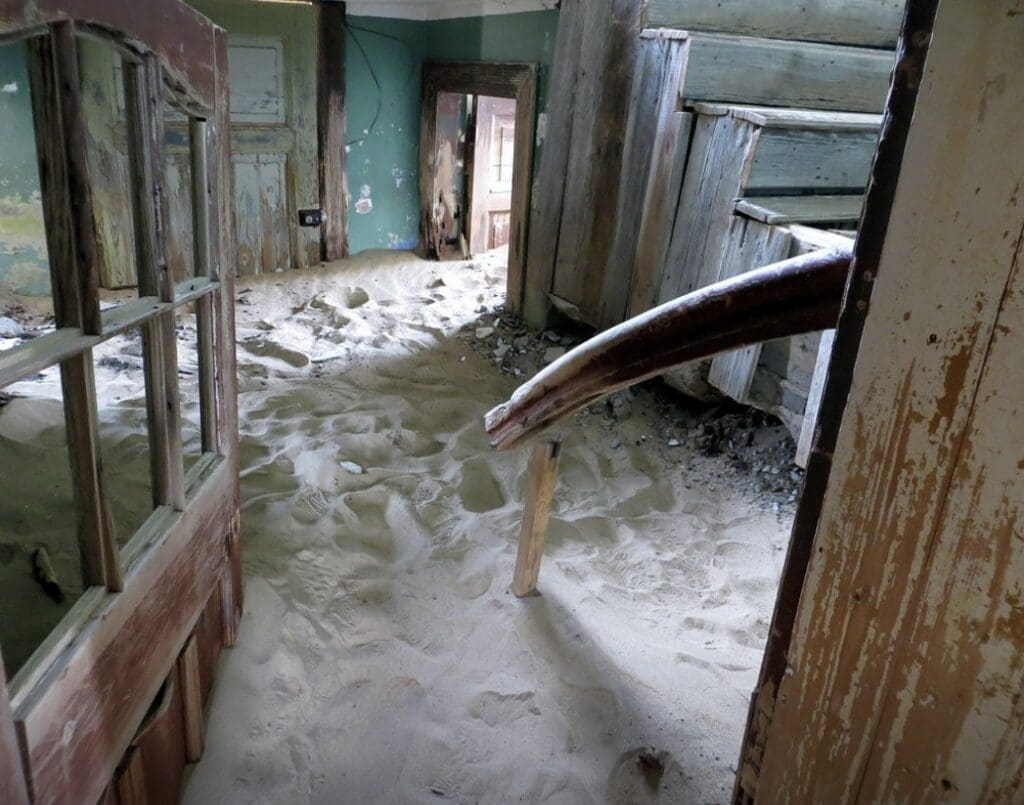
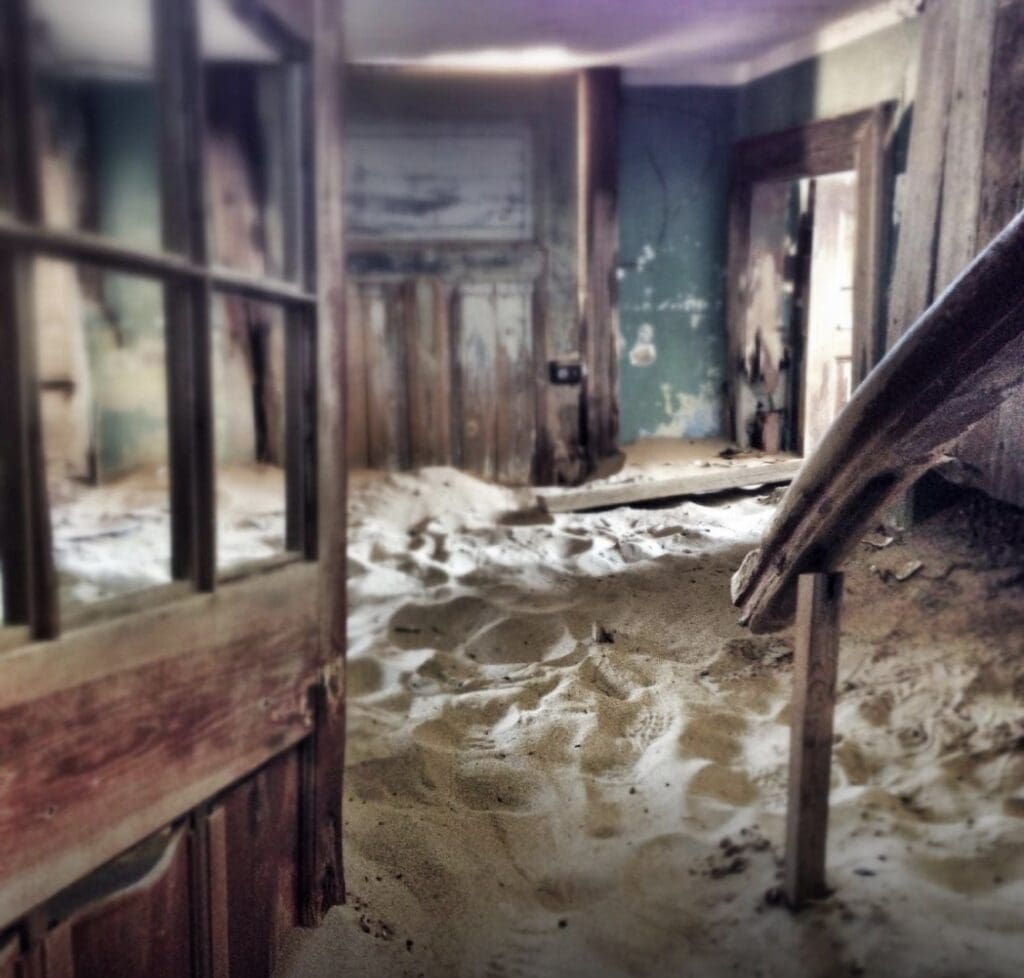
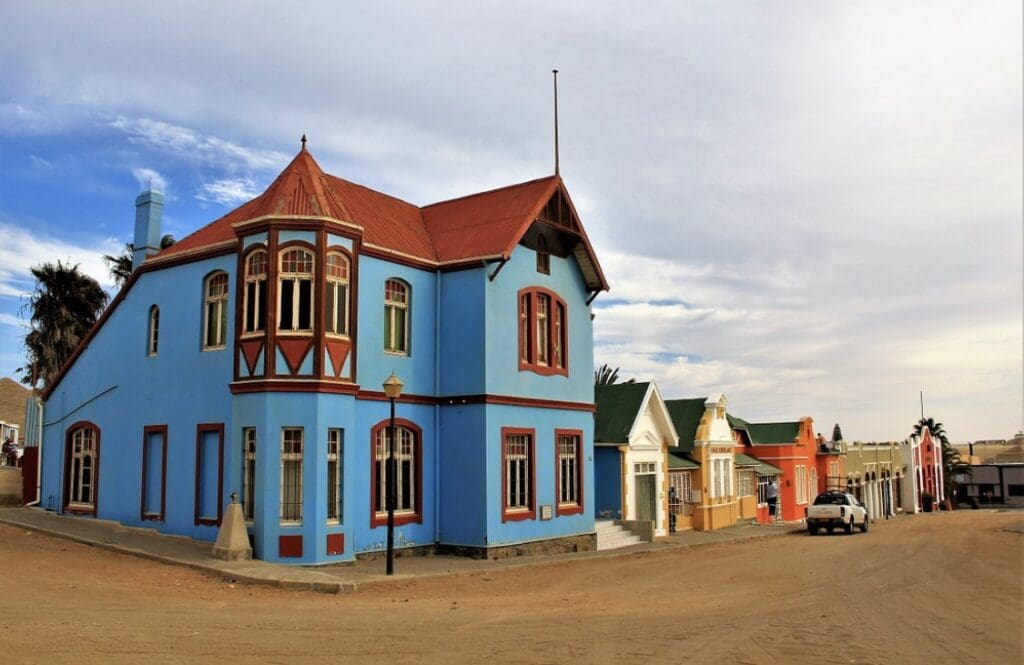
Walvis Bay, Namibia
Walvis Bay is located on the northern portion of Namibia. “ Walvis means “whale” in their native tongue. It is the primary tourist spot for the country, and is (perhaps) best known to westerners as the long-time home of Brad Pitt and Angelina Jolie.
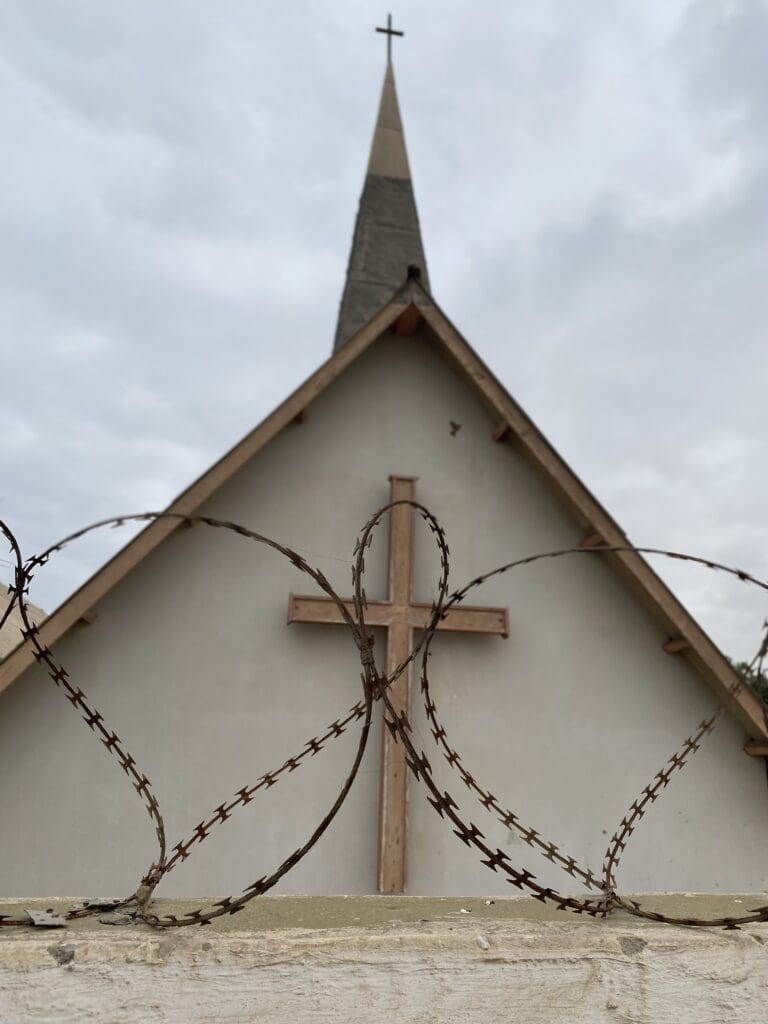
Our travels took us to the outskirts of Swakopmund, which means “mouth of the river” in their native language. The deserts in the area are home to painted horses, hyenas, ostriches, and camels. On a related note, one of the area’s biggest industries is the export of not only beef, but wild exotic animals too. Hmm…
There are 12 local African tribes in the immediate area. Our excursion was a “Meet the People” cultural immersion tour. After a quick visit to a a local street market, we walked along a dirt road through a “middle class” neighborhood to meet a local family. After a peak into their small home, we settled into their back yard, where the local mamacita who talked to us about their culture and day to day life.
One of her interesting stories told of their custom whereby, a gentlemen uses a turtle shell to propose marriage. Additionally, he must give two cows to a young lady’s family when requesting their approval for marriage. (Families generally include a number of brothers and their families, with a single member who is the elder that runs the family. This is generally a man, but the family that we visited appeared to be run by the mamacita. Good for her!)
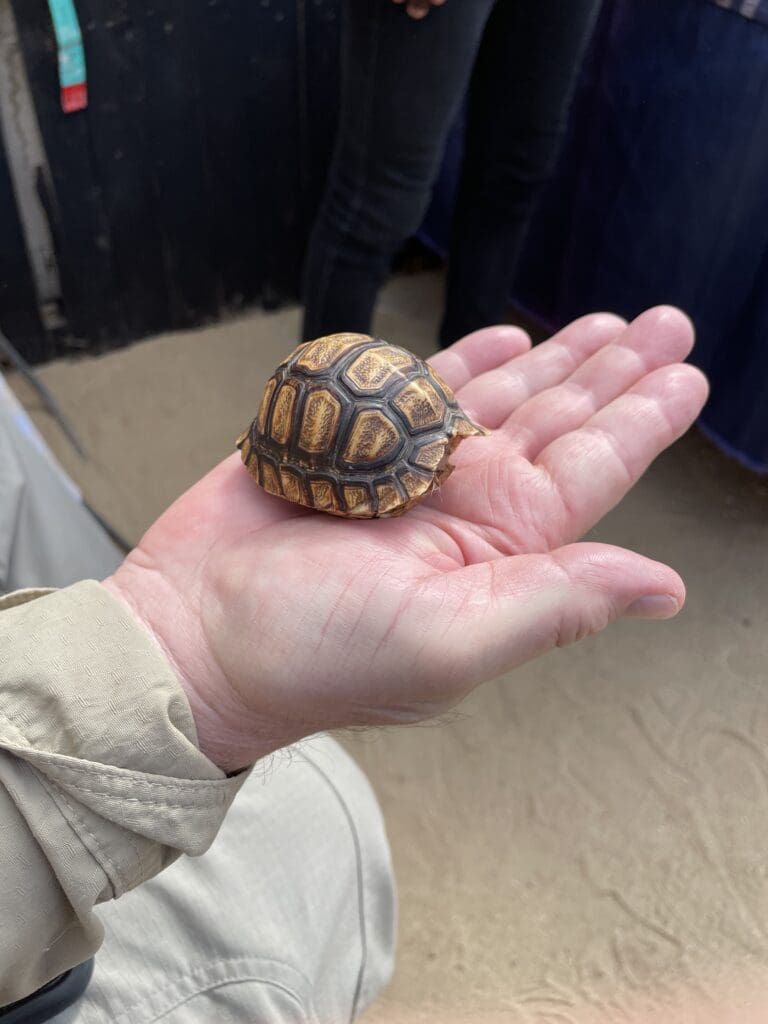
Oh yeah. Also, (if the man is insane) he can have up to 3-4 wives. To be clear, I am not saying nothing… I’m just saying. Ya know what I’m saying?
Assuming the family accepts the offer, the couple hopefully lives happily ever after. However, if either of the parties decides the whole marriage thing is just not their thing, they can divorce their spouse simply by having their family give 6 cows to their spouse’s family. (This might sound cheep by western standards, but 6 cows is an unrealistic fortune to these folks, and so most couples live happily ever after…)
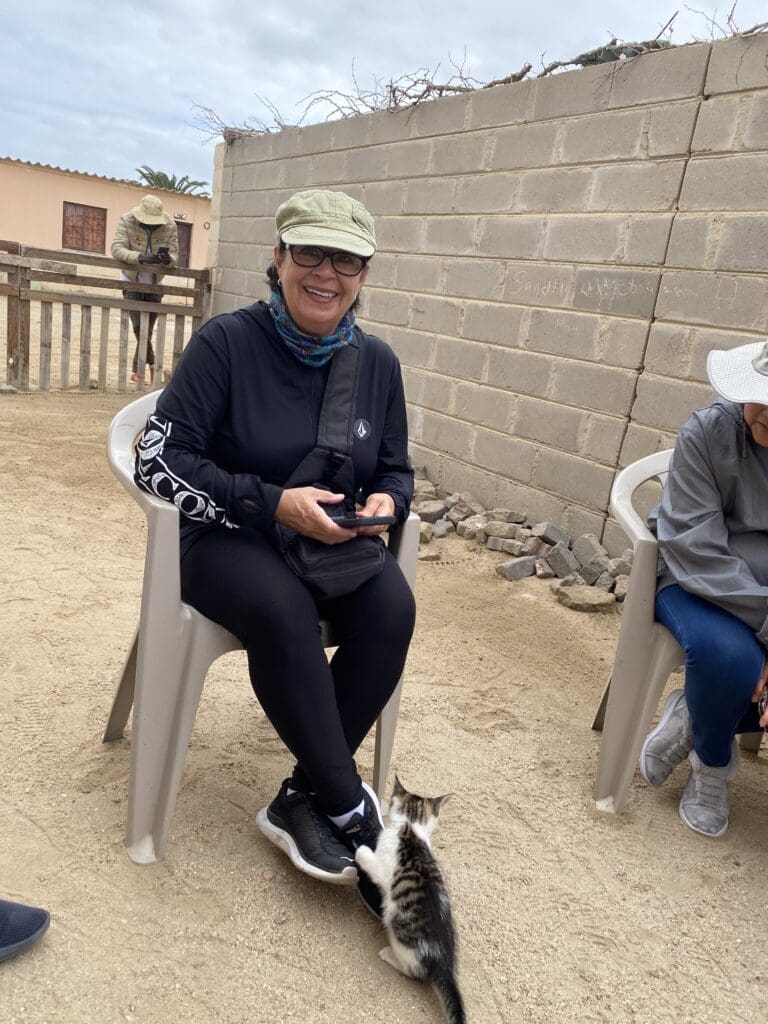
All joking aside, the folks here are a very happy bunch of people, and are a joy to be around. While most locals do not have cars, they live simply, they dress absolutely beautifully and have indoor plumbing.
The mamacita also explained that women in the families do not take baths. Instead, they follow an ancient tradition. Instead, a particular type of a large local gourd is used to collect milk. The boys in the family take turns vigorously shaking the gourd for a day, making cream. Red sandstone is added, and this is the magic potion that the family’s woman rub on their bodies instead of bathing. (It is unclear if all of the women do this, or if they still take an occasional baths nowadays. Funny how a husband and a wife both hear the same story, but have different takeaways afterwards…)

We relay enjoyed meeting humble folks! Our next stop took us to a few miles to The Democratic Resettlement Community (DRC). This temporary shanty-town houses 20,000 poor people. It is funded by the government using their newly found wealth from oil wells located just off of the coast. (These are the closest off-shore wells I have ever seen to land. They are appear to be just a few hundred yards from the beaches!)
Just outside of the shanty-town is new construction of small government row-houses for the indigent. The word that these houses were to be provided by the government for next to nothing has caused the population of the shanty-town to balloon. The shacks here are pieced together using scrap lumber and (for the lucky ones) scrap aluminum siding. They have a handful of community wells and shared outhouse here and there. And most recently, a handful of street lights and lighted buildings here and there. Pretty dire straits.
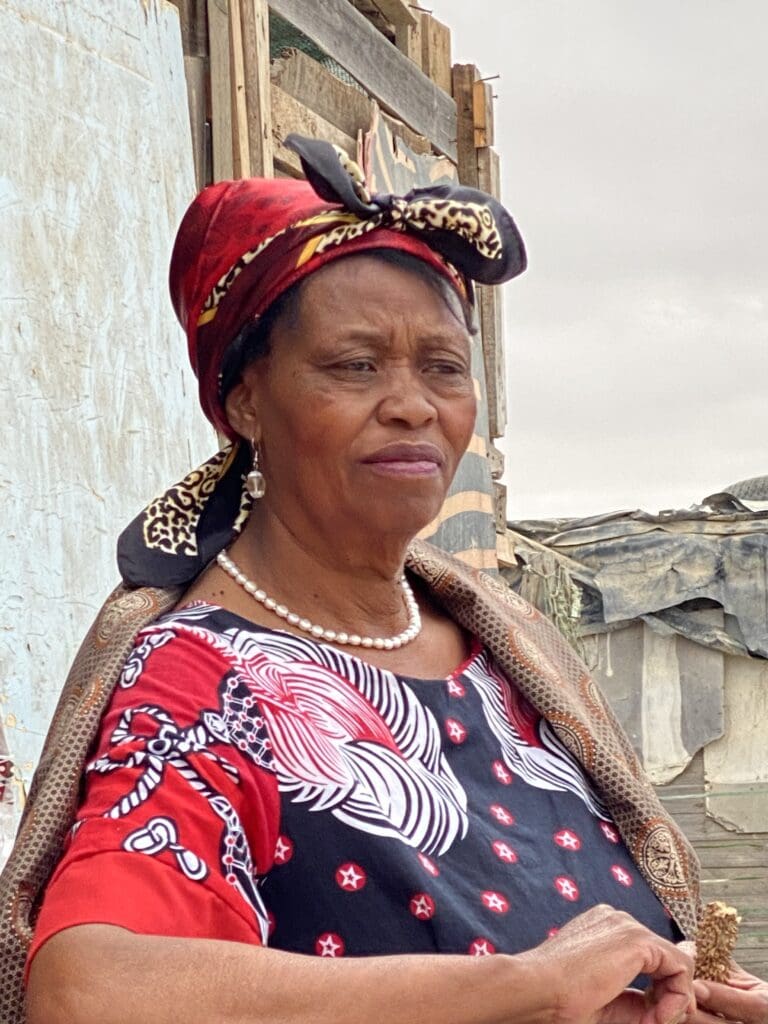
We visited the shanty town in order meet the medicine man, which in Namibian tribes is a woman. I have got to say, this lady was pretty cool. She travels about a wide area collecting lotions and potions, which she uses to cure what’s ailing the locals. A translator interpreted as she explained her magical elixirs and the likes. She also gave us a language lesson, which included learning four different clicks that are part of the native tongue.
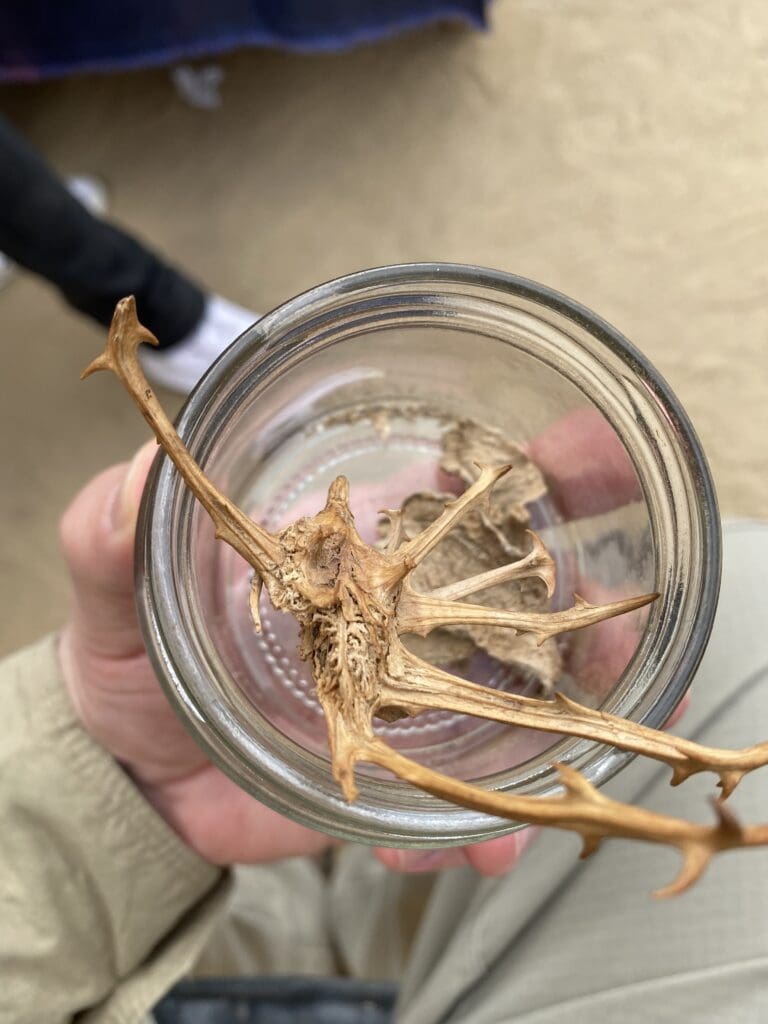
Also of note was the cool bags and totes that she fastened using empty packaging like potatoes chip bags. Somehow, she manages to reinforce these with thread, and sew zippers into them. Very stylish!
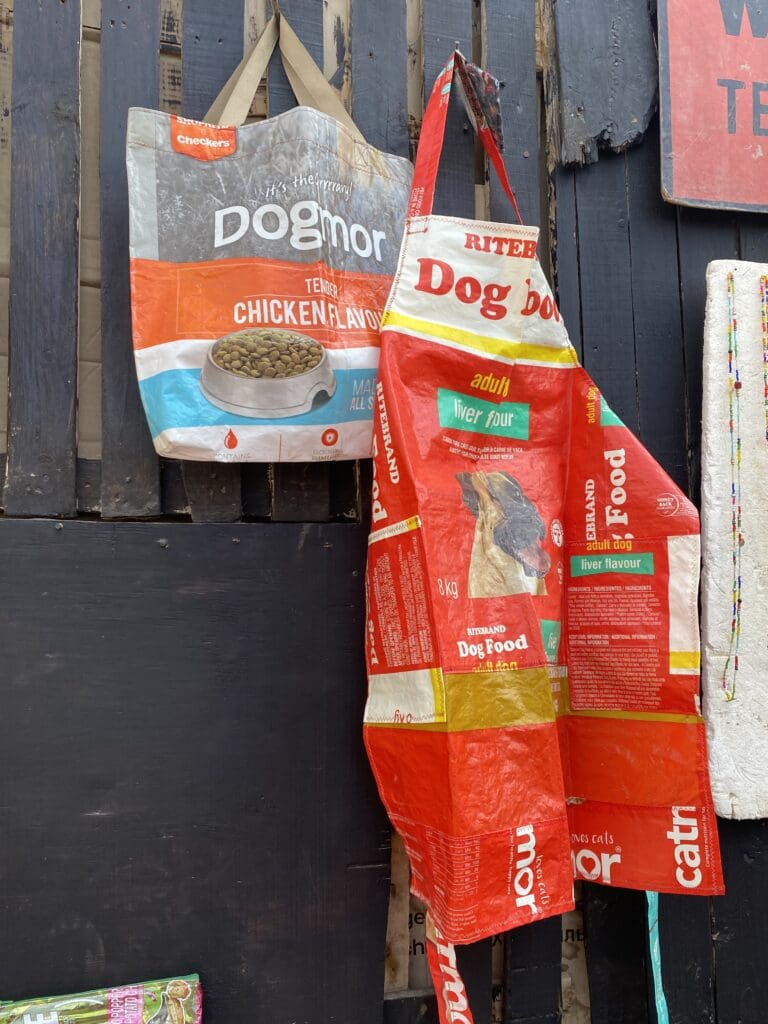
On our return trip, we were treated to beers and snacks, as well as some local music at a little establishment in one of the villages. (We passed on the snacks, because they included insects and stuff that was just a bit much. But the music was very nice.)
Our cultural visit was informative, and the people were very welcoming. We especially liked all of the schools that we saw. The Namibia government very serious about making positive changes in their county, and it was an honor for us to get the opportunity to see the positive things they are doing to ease the day-to-day struggles their people endure.
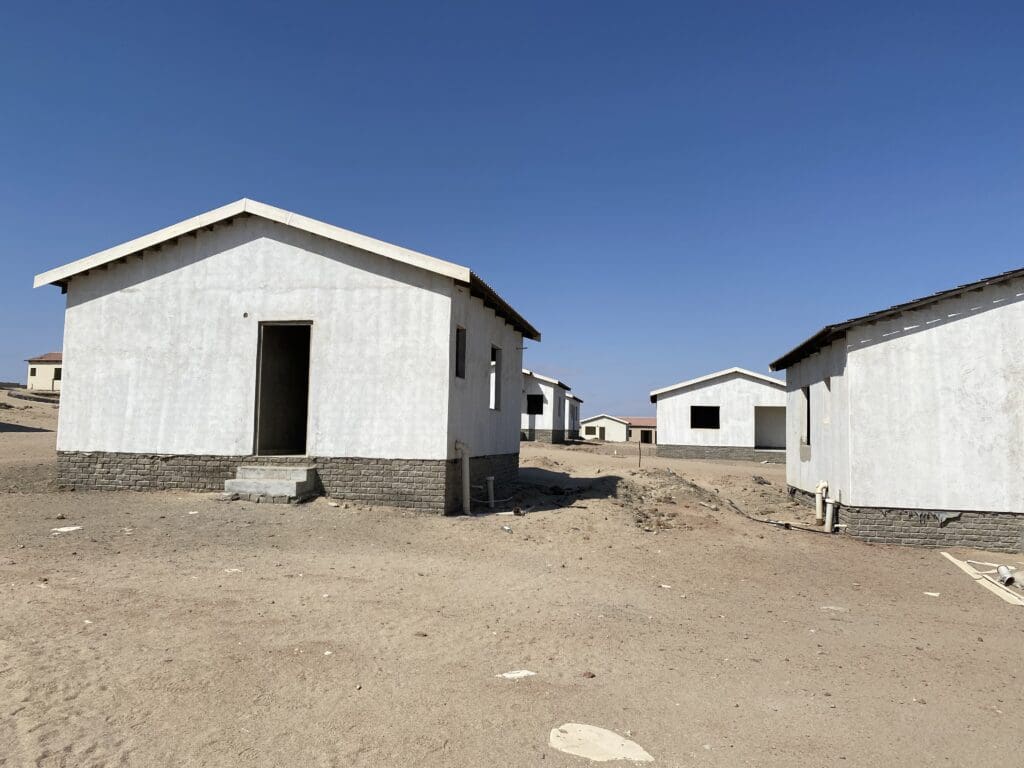
Luanda, Angola
Our next stop took us to Angola’s capital city of Luanda. Much of Angola’s border is shared with the Republic of Congo. The country archived independence in 1975, but almost immediately, civil war ensued, and lasted until 2002. Unfortunatly the country has the lowest life expect and highest infant mortality rate in world.
The country is now an independent republic. While it has vast natural resources, alleged corruption in the government has create massive social divides between the rich and poor.
In Luanda, it is said that a very small percentage of the population is Uber wealthy, the rest of the population is super poor. Somehow, this has lead the city to be the most expensive place for expats to live. (It is even more expensive than Dubai!) Unfortunately, the crime rate is extreme.
I did venture out to the local town square (a block from the seaport) for a bit of shopping and lunch at the El Presidents Hotel. As promised, security was high at the square.
That evening, several fellow travelers shared scary stories of their third-party excursion. The vehicle that was to take them on safari was in such disrepair that they forced the driver to turn around and bring them back to the ship before they even got to the animals. Yikes!
Takoradi, Ghana
A few days later, we arrived in Takoradi, the capital of Ghana. We had done a bit of research, and decided the security situation on this country was a bit much for us. After a brief trip to the little vendor tents in the port, we opted to stay on the ship, and had a nice day at the pool and playing guitar.
Several of our fellow travelers told us stories upon their return from a third-party excursion. Apparently, some of the busses picked folks up just outside of the port gates, and a few just inside the gate, (All of this is about a half-block from the ship.) The ones that were picked up inside the gate said the local police would not let them out of the port unless they paid the local police officer $150. The drivers paid, but the travelers felt obligated to bump up their tips at the end of the trip. Afterwards, there was speculation that the drivers may have been in on the corruption too. Hmmm…
Dakar, Senegal
We had excursion at this stop off. The cute little town, which is a former French Colony still has horse drawn carriages on the Main Street. All of the side roads are dirt roads, but most of the houses on these roads have luxury cars! The country is 96% Sufi Muslim, making it an ultra conservative society.
Although we had reservations for a short safari and a visit to an island that processed slaves in the 1700s, after further consideration, we cancelled, and enjoyed our last days on the quiet ship. (It is really cool when you stay on the ship when it is in port. You kinda have the whole place to your self, and we enjoyed several days of swimming in solitude.)
For the next month and a half, things are going to be very busy. We have back-to-back stops, and very few sea days. While we are looking forward to the beautiful European cities, we have enjoyed the solitude that the Africa portion of our trip provided.
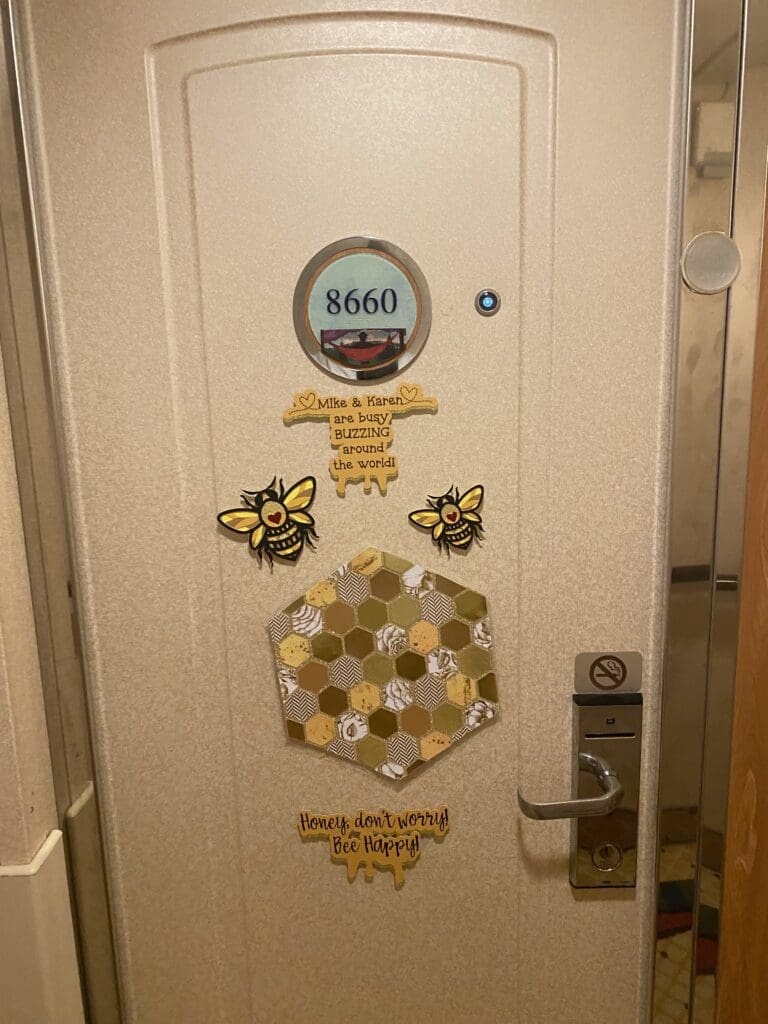
Nest stop, The Canary Islands. But that, my friends, is another story.
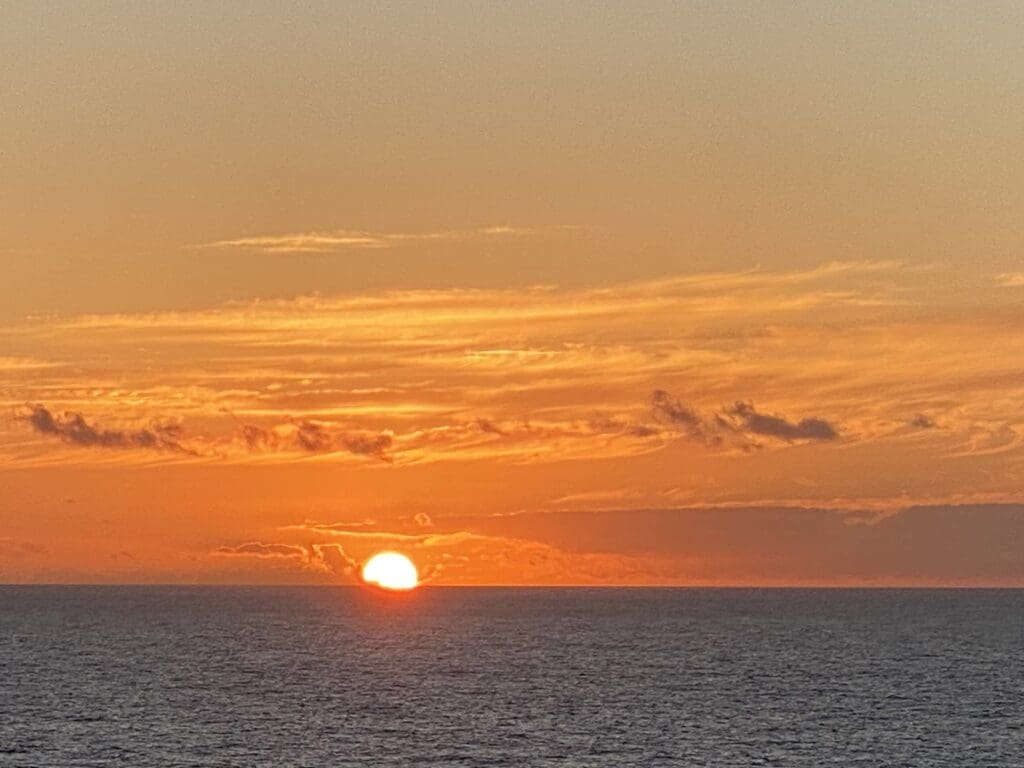
Thank you for visiting.
– Mike
“Time is the currency of life.” – Robert Harris, Fatherland
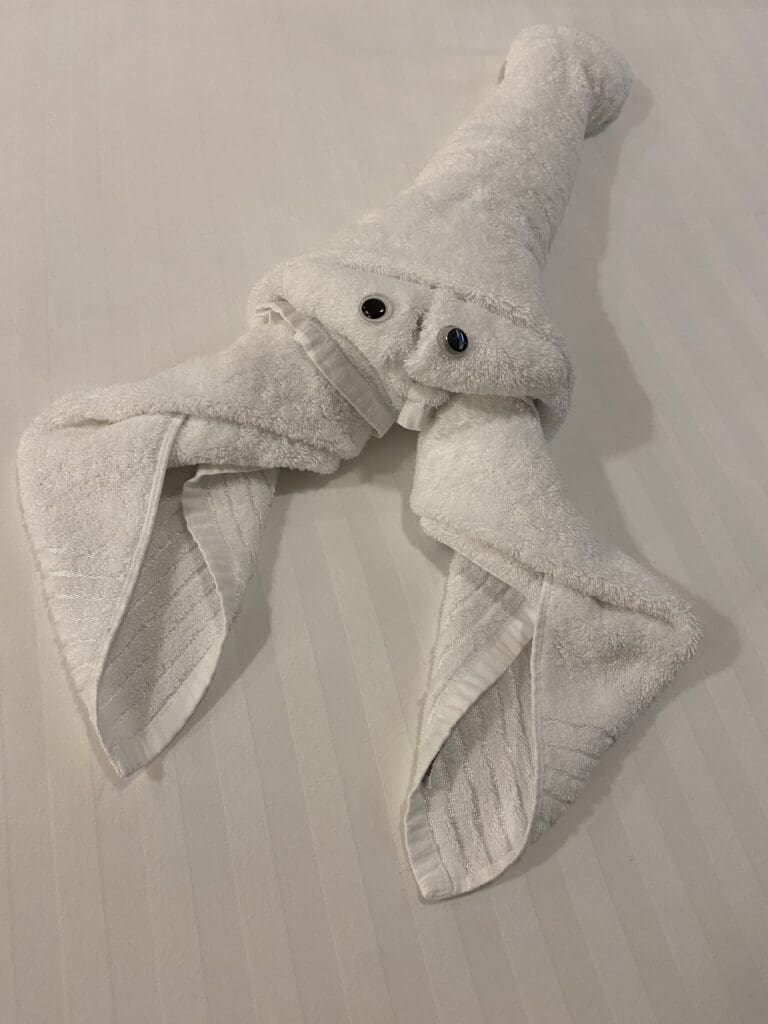

Recent Comments